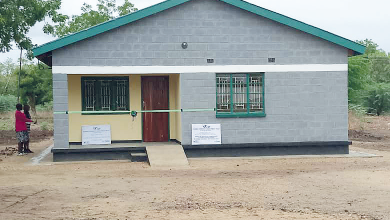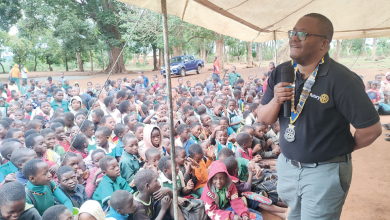Project promotes early learning, nutrition
People from traditional authorities (T/As) Nthache and Kanduku in Mwanza District have said Investing in Early Years Project (IEYP) has promoted early learning and good nutrition practices.
The $60 billion (about K106 trillion) project, which rolled out in 2019, phased out this year after implementing interventions focusing on improving nutrition, early stimulation and learning for children from conception to 59 months in 13 districts in the country.
In an interview on Tuesday, group village head Galatiya of T/A Nthache said the project promoted early learning in the area through giving community members chickens to raise to earn income to support

the operations of Galatiya Community-Based Childcare Centre (CBCC).
She said: “The chickens were to help us raise money but also provide relish to improve nutrition among children learning at the CBCC.
“The project also empowered us to grow trees around the CBCC to ensure that we get firewood for cooking porridge
for learners.”
Galatiya CBCC mentor Clement Khembo said they have 200 learners who eat porridge at the school.
“Through school-feeding programme, the children are eating nutritious porridge which is recommended for children’s growth.”
Khembo said children who were malnourished before the project rolled out have now gained weight.
In T/A Kanduku, community members also hail the project’s interventions on early childhood development education.
Agnes Kampini, a caregiver at Pysinjaanamwali CBCC, said parents learned how to cook nutritious meals.
“As a result, our children do not abscond classes as they enjoy the meals,” she said.
In a separate interview, Ministry of Gender, Community Development and Social Welfare spokesperson Pauline Kaude said the project expanded coverage of community-based nutrition services.
“Age-appropriate feeding and growth monitoring increased from 43 percent to over 65 percent in the 13 districts. Stunting rates showed early signs of decline,” she said.
Kaude also said enrolment and attendance in early learning centres improved from 45 percent to over 60 percent





